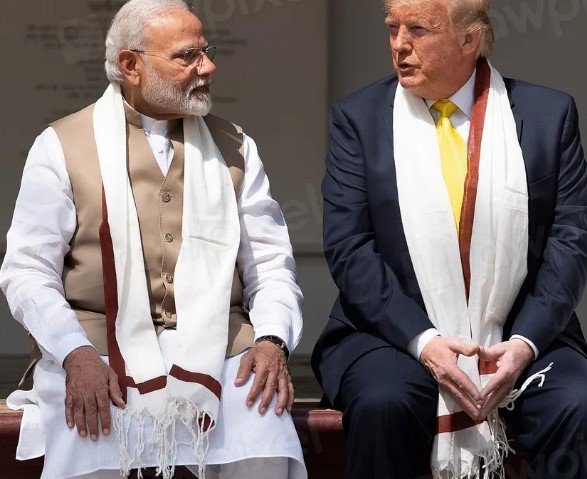President Donald Trump has imposed a steep 26% tariff on Indian imports, marking one of the highest rates applied to any major U.S. trading partner. The move comes despite Trump’s warm relationship with Indian Prime Minister Narendra Modi, who was among the first foreign leaders to meet him after his return to the Oval Office.
A Sudden Jolt to U.S.-India Trade Relations
The tariff decision was unexpected given the optics of Trump and Modi’s close personal ties. The Indian leader has repeatedly praised Trump, emphasizing their partnership. Yet, Trump made it clear that personal friendships won’t stand in the way of his broader economic agenda.
“We are prioritizing American jobs and American industries,” Trump said in a statement. “India is a great friend, but our trade must be fair.”
The tariff applies to a range of Indian exports, including textiles, machinery, and pharmaceutical products. This is likely to have significant economic consequences for Indian businesses reliant on the U.S. market.

Why the Tariff? Trump’s Justification
While the White House has not provided a detailed breakdown of the decision, key reasons appear to include:
- Trade Imbalance: The U.S. has long had a trade deficit with India, and Trump has been vocal about reducing such deficits with key partners.
- Domestic Industry Protection: The move is seen as an effort to shield American manufacturers from cheaper Indian goods.
- Political Signaling: The tariff underscores Trump’s broader ‘America First’ stance heading into election season.
U.S. Trade Representative officials said India had been given prior warnings about its trade practices, particularly concerning market access for American goods.
Fallout in India: Economic and Political Repercussions
India’s government has expressed strong displeasure over the move, calling it “unilateral and unjustified.” Commerce Minister Piyush Goyal stated that India would explore “all available avenues” to challenge the tariffs.
The impact on Indian exporters is expected to be immediate. Sectors like textiles and pharmaceuticals, which depend on U.S. demand, could see declining revenues. Large conglomerates and small businesses alike are bracing for disruptions.
Beyond economics, the tariff could have political implications. Modi has built his image on strengthening India’s global influence and trade partnerships. A tariff of this scale raises questions about whether India’s diplomatic efforts with Washington have yielded tangible benefits.
Possible Retaliation: What’s Next?
India may consider countermeasures, such as increasing tariffs on American products, restricting market access for U.S. firms, or seeking relief through the World Trade Organization (WTO).
A potential countermeasure could include tariff hikes on American agricultural exports like almonds and apples, which are significant trade components between the two nations.
The road ahead remains uncertain, but trade analysts predict prolonged negotiations. With Trump’s firm stance on trade and Modi’s need to maintain India’s economic momentum, both leaders may soon find themselves at a crossroads.
